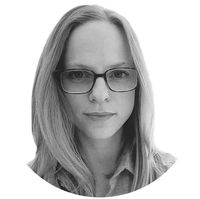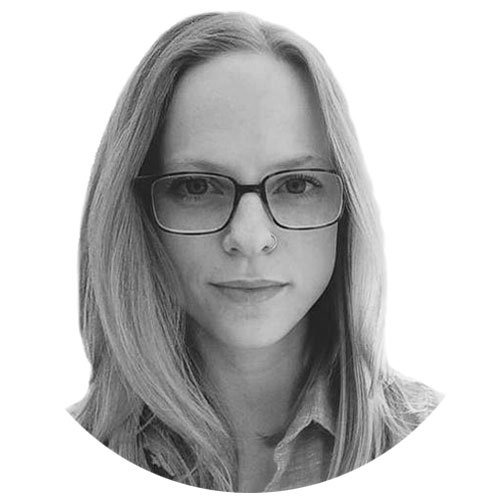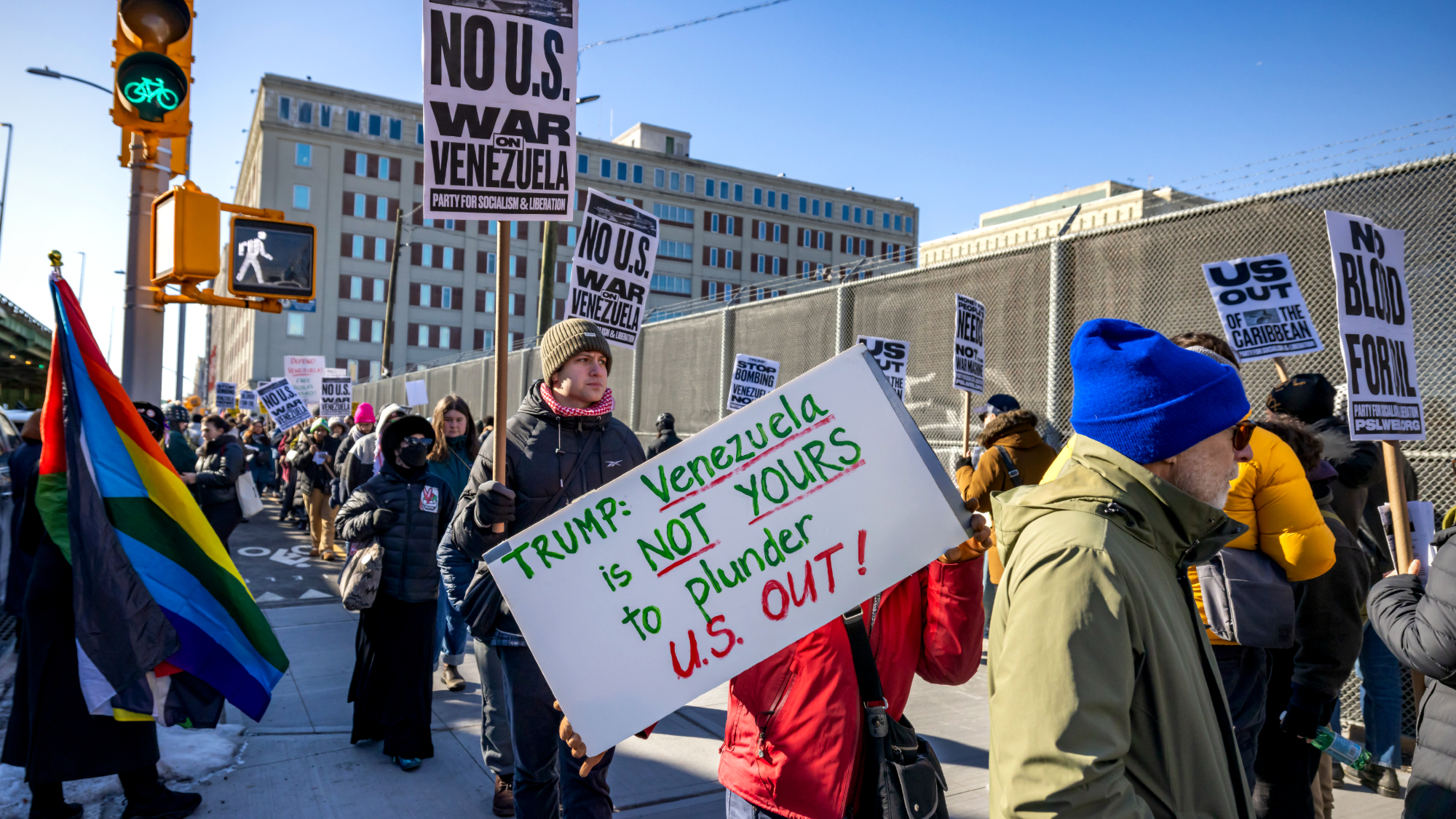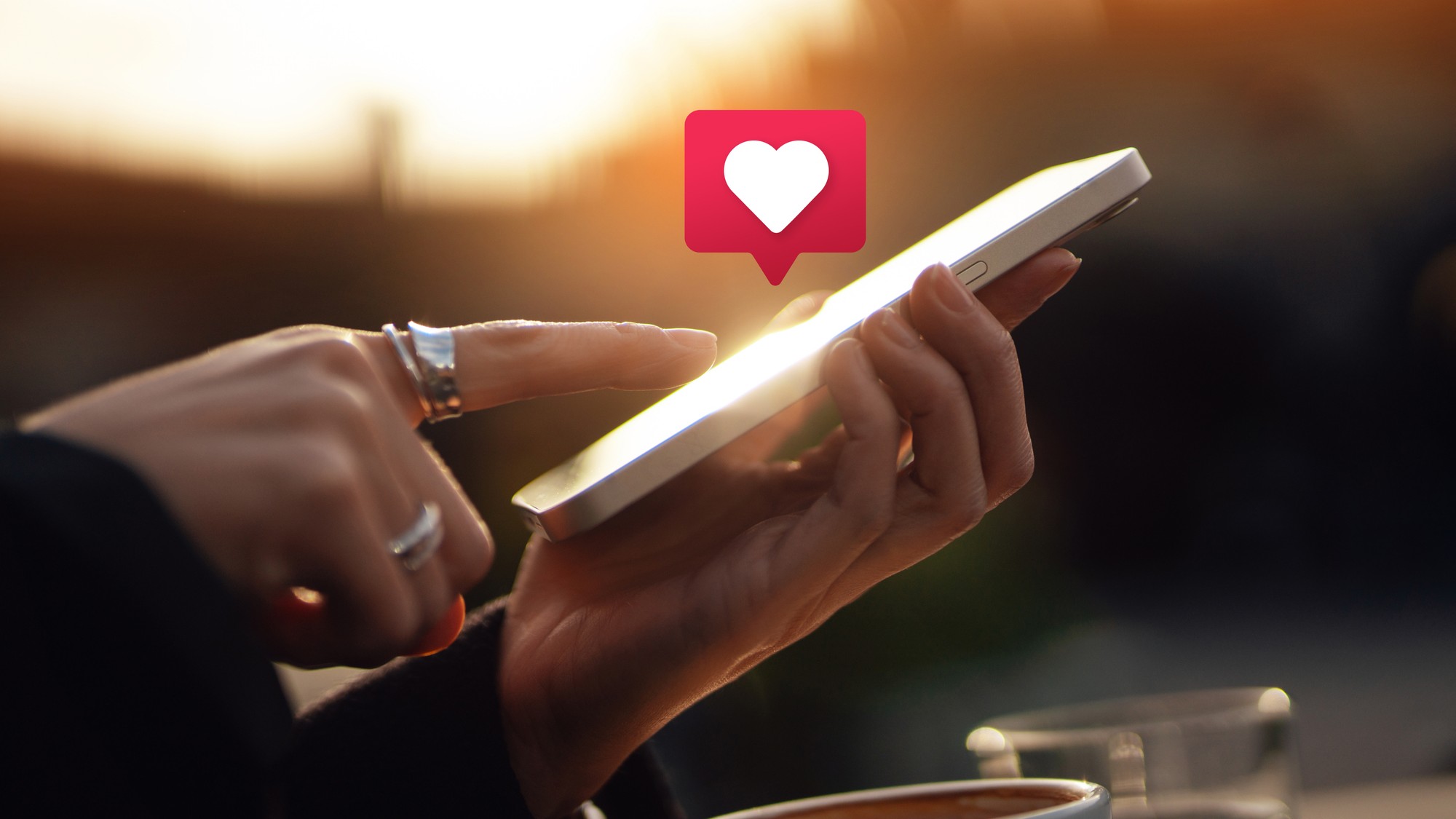Those interactive ads from Minority Report are basically real now
Part of the Idea Factory, our special report on innovation


Billboards, once the advertising medium of choice for roadside fast food restaurants and car dealerships, are getting a 21st century makeover.
Thanks to tools like facial recognition and motion tracking, more and more companies are turning these stationary placards into interactive and entertaining banners that make passersby strain their necks for a double-take. One of the most impressive campaigns came from British Airways in 2013, when the airline charmed us with its award-winning "Magic of Flying" campaign at Heathrow. Here, a few more recent examples of ingenious interactive ads found across the world:
1. The billboard that hides from Russian authorities
The Week
Escape your echo chamber. Get the facts behind the news, plus analysis from multiple perspectives.

Sign up for The Week's Free Newsletters
From our morning news briefing to a weekly Good News Newsletter, get the best of The Week delivered directly to your inbox.
From our morning news briefing to a weekly Good News Newsletter, get the best of The Week delivered directly to your inbox.
Russia has placed an embargo on foods from nations that have imposed sanctions against it, including European Union countries. But a Moscow grocery store selling authentic Italian food came up with a creative way to advertise its goods right under the noses of Russian authorities. Don Giulio Salumeria's billboard displays "forbidden Italian delicacies," like a delicious array of artisanal Italian cheeses. Thanks to pattern recognition technology that can identify police uniforms, when a police officer approaches, the board transforms into a harmless ad for Russian nesting dolls.
2. The billboard that helps you park
You may be a parallel parking pro, but even the most experienced drivers sometimes break a sweat trying to maneuver into a tight parking space. Many of today's new cars come with built-in rear cameras or parking helpers to ease the pain, like the rear-mounted parking assistant in the Fiat 500, which monitors a car's position relative to its surroundings. In Frankfurt, Germany, Fiat and agency Leo Burnett decided to use the technology behind its tool to turn a billboard on a tightly packed side street into a virtual parking helper. The company mounted the parking technology on a wall, and filmed a bunch of people, from kids to police officers, striking the standard parking helper pose: arms and hands outstretched to mime the amount of space you have before you'll hit the car behind you. As you get closer to the neighboring car, the space between the character's hands on the billboard narrows. When successfully parked, you get a happy dance and a thumbs up.
3. The billboard that makes you exercise
A free daily email with the biggest news stories of the day – and the best features from TheWeek.com
We could all benefit from a little bit more physical activity in our lives. In Germany, Powerade and Ogilvy & Mather created "Workout Billboards" that invite passersby to burn some calories and build some muscle on their way to work. The most impressive installation acts as a rotating climbing wall, but there's also a weight pull and a punching bag.
The tagline: "You have more power than you think." Once you've worked up a sweat, you'll probably be thirsty, and no doubt Powerade will be the first beverage to come to mind.
4. The billboard that's contagious
A creative ad in Brazil takes advantage of a very common physical reaction many humans experience: When we see someone yawn, we yawn back. It's a symptom of human empathy, sure, but it's also a sign that we need a pick-me-up. The coffee company Café Pele installed a digital billboard equipped with motion sensors on a São Paulo subway platform. When commuters approached the sign, a giant face on display opened up wide and yawned. Naturally, commuters couldn't help but do the same. At one point the ad had the whole platform gaping and on the edge of sleep. Right on cue, a group of gratuitously glamorous women hawking Café Pele coffee were dispatched to give the sleepy commuters a boost. It's a manipulative marketing stunt, but who's going to turn down free coffee?
5. The billboard that only talks to women
German beer brand Astra wants to expand its consumer base to include more women, so it put up a billboard outside a pub in Hamburg that targets them specifically. Using gender-detection technology and facial recognition, the ad identifies female onlookers and deploys one of 70 short videos featuring a comedian to catch their attention. Because there is such a large variety of clips, each experience feels a bit customized and unique. If the technology spots a man or an underaged person, it shoos them along. It's all a bit patronizing and borderline creepy, but an impressive demonstration of how specifically targeted digital billboards can be.
6. The billboard that has a dog follow you
OgilvyOne's "Looking for You" ad campaign isn't selling beer or energy drinks. It's not selling anything, really. It wants shoppers at East London's Westfield Stratford mall to adopt a dog in need of a good home, and it guilts them into it. Upon entering the shopping center, customers are given a pamphlet from Battersea Dogs & Cats Home, a rescue charity in the U.K. Little do they know the pamphlet contains a tracking chip that interacts with several billboards throughout the mall. When shoppers pass by, a digital dog named Barley appears on the signs and "follows" the pamphlet-holder around with increasingly cuter antics. "We're using innovative technology in a way that has never been seen before," says Carly Whyborn, head of operations at the charity. "We hope more of our abandoned animals find loving homes because of it."
7. The billboard that raises awareness of domestic violence
This interactive ad campaign in London has a powerful message: To put an end to domestic violence, we have to stop ignoring it. A giant billboard displays the battered face of an abused woman, alongside a large block of text saying, "Look At Me." Using facial recognition technology, the billboard knows when passersby are looking, and transforms the victim's face from bruised to healed. The campaign also sends text messages to onlookers encouraging them to donate to Women's Aid, a charity for ending domestic abuse. "This campaign is an example of the power of technology and media to not only impart a positive message but further engage and empower individuals to act," writes Julie Zeilinger at MIC.
Jessica Hullinger is a writer and former deputy editor of The Week Digital. Originally from the American Midwest, she completed a degree in journalism at Indiana University Bloomington before relocating to New York City, where she pursued a career in media. After joining The Week as an intern in 2010, she served as the title’s audience development manager, senior editor and deputy editor, as well as a regular guest on “The Week Unwrapped” podcast. Her writing has featured in other publications including Popular Science, Fast Company, Fortune, and Self magazine, and she loves covering science and climate-related issues.



